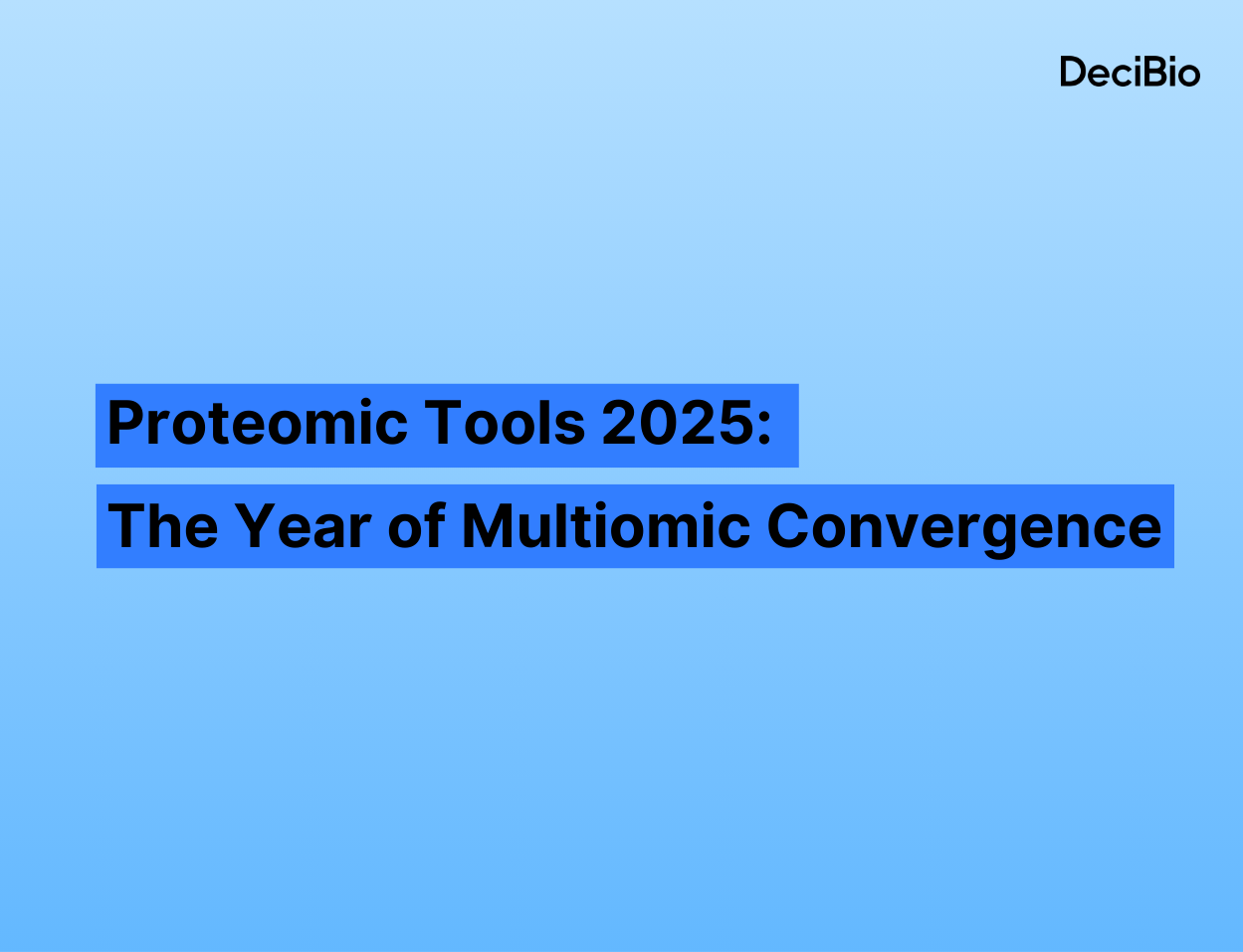Clinical NGS is poised to become common practice. Key applications will use panels (oncology) and counting (NIPT) in the short term.---For next-generation sequencing (NGS), Moore’s law need not apply… (It’s just too slow)
This past April marked the 10-year anniversary of the release of the first human genome reference sequence, an epic milestone in the annals of medical science. The use of “first-generation sequencing” required over a decade and almost $3 billion. Today’s NGS technologies can do the same in 3 days for a cost of only $3,000. This represents a remarkable leap in efficiency, making NGS viable even for selected clinical applications. But the real growth in clinical sequencing is yet to come.
Consistent with the lifecycle of other transformative medical technologies, NGS is now entering the clinical phase of its adoption cycle
Typically, transformative technology adoption moves from basic research to translational research and finally into the clinic within 6-8 years. As the first NGS publication came out in 2005, NGS seems to be maturing in-line with past transformative technologies. Previously, NGS use was limited to basic research applications given its workflow complexities, difficulty in interpreting the data, and high cost (per sample). However, in just the past few years, leading medical centers have started to incorporate NGS use into their clinical testing toolbox. Our recent discussions with lab directors of large and mid-sized hospitals uncovered a very high level of interest in NGS, and a belief that the use of NGS for select clinical applications is poised to become common practice within only a few years.
Rapid clinical NGS adoption will be driven by novel applications, commercial reference lab offerings and eventual FDA clearanceNGS is enabling new clinical applications, given its high sensitivity, high throughput, and unbiased nature (see Figure 1); examples include:
- Non-invasive prenatal testing (NIPT): NGS wins on high sensitivity and lower invasiveness (vs. more invasive amniocentesis, with its ~1% risk of miscarriage)
- Comprehensive oncology panels: NGS’ high-throughput, unbiased nature and high sensitivity enable the ability to interrogate a large number of genes (e.g., entire oncology pathways), assess large DNA rearrangements and assess tumor heterogeneity.
- Assessment of diseases of unknown etiology / idiopathic diseases: NGS’ high throughput and unbiased nature enable the ability to identify mutations in a patient’s genome or exome to identify the cause of a previously idiopathic disease
- Infectious diseases identification and monitoring: NGS enables the rapid identification of new infectious disease strains / genes that can inform disease management / prevention (already used for the recent European E. coli outbreak).
Additionally, a number of commercial reference labs (e.g., GeneDx) and academic institutions (e.g., The Broad Institute) have started to offer NGS panels (interrogating a select number of genes, typically between 10 and 300), whole exome sequencing (assessing 1-2% of the genome that codes proteins) or even whole genome sequencing (assessing all 3 billion base pairs). For example, InVitae offers a sequencing service across 264 conditions (customizable by the healthcare provider) for $1,500 within a two-week turnaround time.
Finally, DeciBio expects that by 2015, one or more NGS platforms and select kits will be cleared by the FDA for clinical use, defining an inflection point in the use of NGS in the clinic, especially for small and mid-sized hospitals that tend to prefer to use FDA approved / cleared instruments and reagents.
NGS adoption in the clinic will be moderated by the actionability of results and payer reimbursement
Many mutations identified when performing whole genome or whole exome sequencing are not currently clinically actionable, either because the impact of the mutation is unknown or because there is no therapeutic intervention to target that specific biomarker. Without actionability, whole genome and whole exome sequencing have a real barrier to overcome before establishing reimbursement. Limited reimbursement means limited adoption, given the high out-of-pocket costs for patients. However, for targeted NGS tests with established clinical utility (e.g., Sequenom’s MaterniT21 for trisomy 21) some insurance companies, including Aetna, Wellpoint and United Healthcare are already providing reimbursement.


In summary, DeciBio expects that the effects of these factors will drive clinical sequencing market to grow to over $1.0B by 2015
In the 2nd edition of our Next Generation Sequencing market report, DeciBio forecasts that the NGS clinical sequencing market (reflecting the reimbursed market, not just manufacturer instrument / reagent sales to laboratories) to grow to more than $1.0 billion in 2015. The two largest market opportunities will be oncology and prenatal testing, driven by the ability of NGS to cost effectively answer questions that were previously either unanswerable or too expensive to answer (Figure 1).
For more information on our recently released NGS Report, please visit www.decibio.com or contact the author.---Authors: Stephane Budel, Partner at DeciBio, LLCConnect with Stephane Budel on Google+https://plus.google.com/+StephaneBudel



.png)


